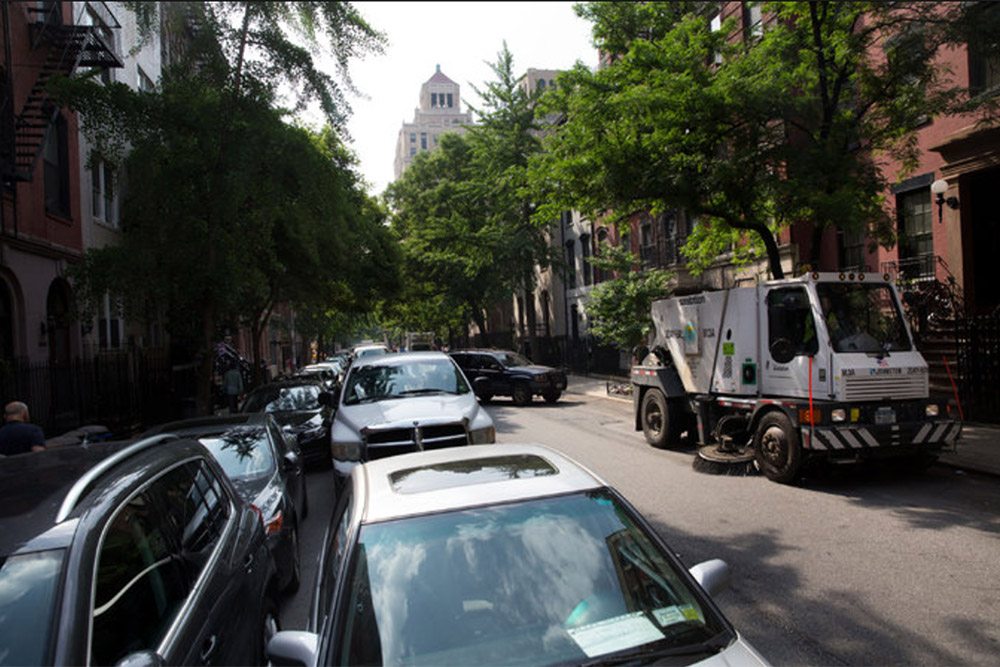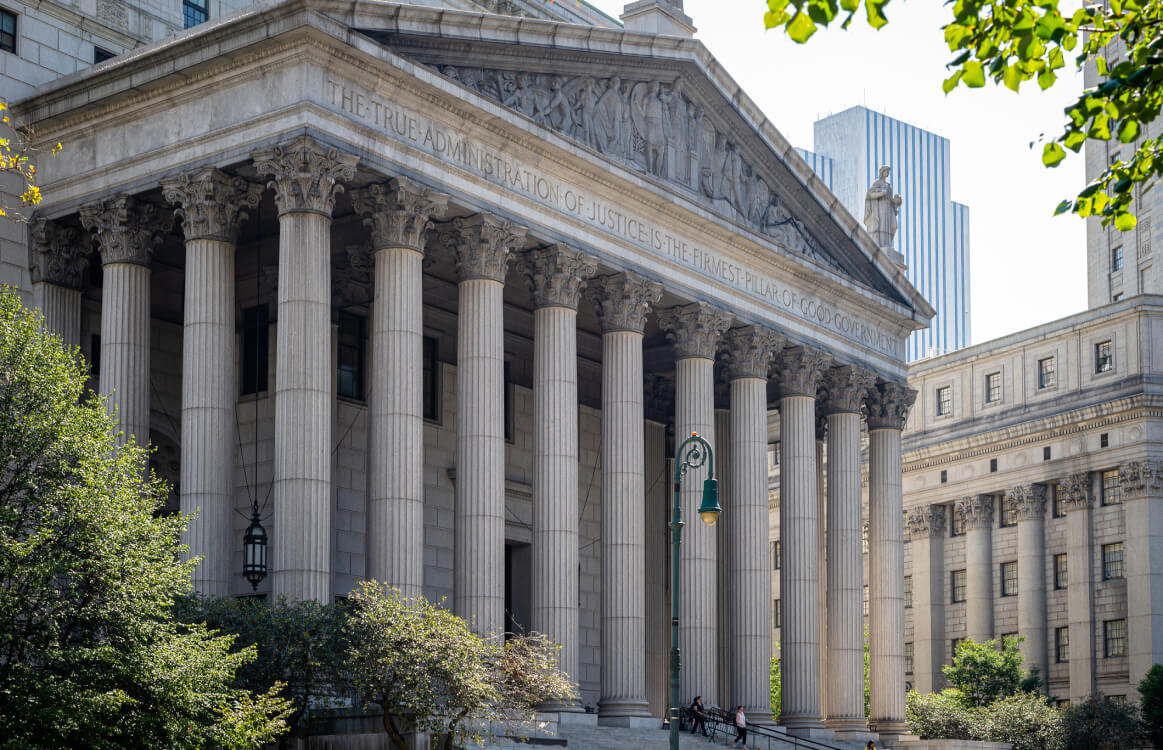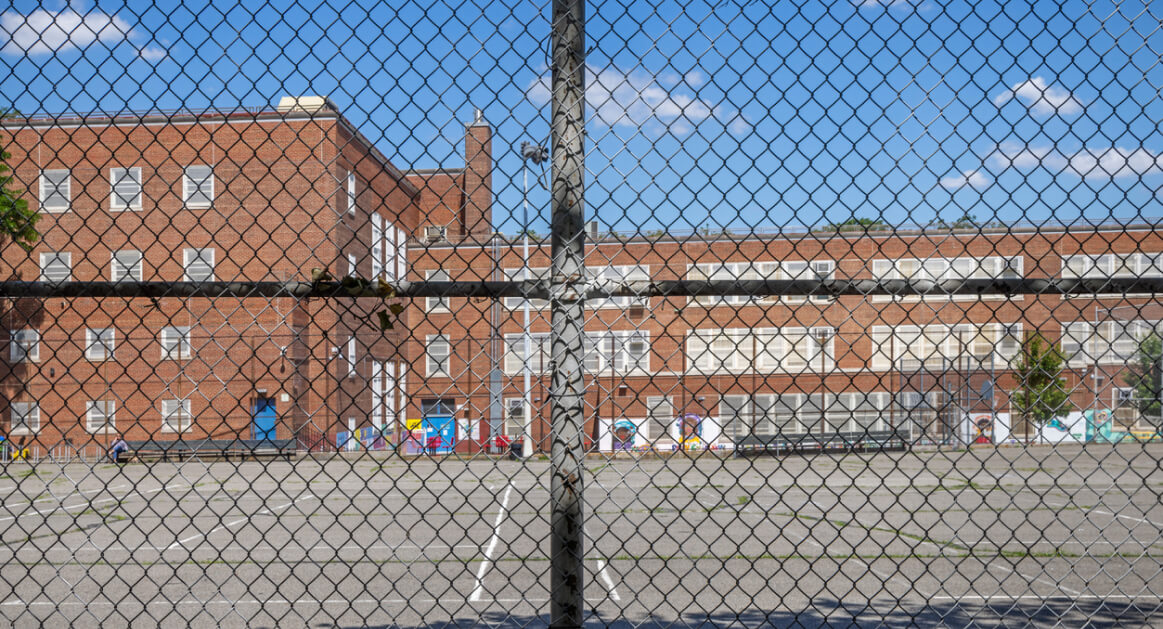Someone is driving a car on Avenue J in Flatbush, Brooklyn. It is a very heavily traveled commercial area. Faced by traffic congestion and a serious parking issue, a driver decides to double-park their delivery van and leave the blinkers flashing. They walk away. The parking lanes are all taken. You realize that you are stopped behind a double parked van and the driver has no intention of coming back anytime soon. You are sitting impatiently waiting for the driver of the van to return. Moments pass. Drivers behind you are sounding their horns as is common in Brooklyn. You look ahead to your left and observe that there is a double yellow line dividing your lane and oncoming traffic. Your vision of oncoming traffic is partially blocked by the double parked van.
What shall you do? What are you legally required and permitted to do?
The Vehicle and Traffic Law §1126 states as follows: No-passing zones:
(a) When official markings are in place indicating those portions of any highway where overtaking and passing or driving to the left of such markings would be especially hazardous, no driver of a vehicle proceeding along such highway shall at any time drive on the left side of such markings.
What that means is that you may not cross the double lines. So what shall you do and what does the law allow? What that means is that you may not cross the double lines. So what shall you do and what does the law allow?
Well the simple answer is wait. Not very practical as the truck driver may return an hour later.
Another section of the Vehicle and Traffic Law may provide some guidance.
VTL Section 1128(a) provides:
“A vehicle shall be driven as nearly practicable entirely within a single lane and shall not be moved from such lane until the driver has first ascertained that such movement can be made with safety”.
Therefore, you have the obligation of making certain that an accident does not happen before you attempt to pass that van. If an accident indeed occurs then you may be responsible under the law – entirely or at least in significant part.
As one can readily observe, accident cases can be deceivingly complex. New York is a comparative negligence State. Under common law principals if a person was in part negligent in the occurrence of an accident they were not permitted to recover. That law has changed in New York and under principals of comparative negligence, a jury will apportion the percentage of blame between the parties to an accident. Therefore, even if you have some degree of fault in causing the accident, that may not prevent recovery providing the other party bears some fault as well.
When accidents occur determining the issue of fault can become a complex issue. Awareness of the statutory obligations of everyone involved in the accident should be considered.
We welcome your legal questions for topically relevant articles in the future. Feel free to compose a question – it may be addressed in future articles. Email Question
Free Case Evaluation
Fill Out The Form Below To Find Out If You Have A Case.
Thank you for contacting us. One of our colleagues will get back to you shortly.



